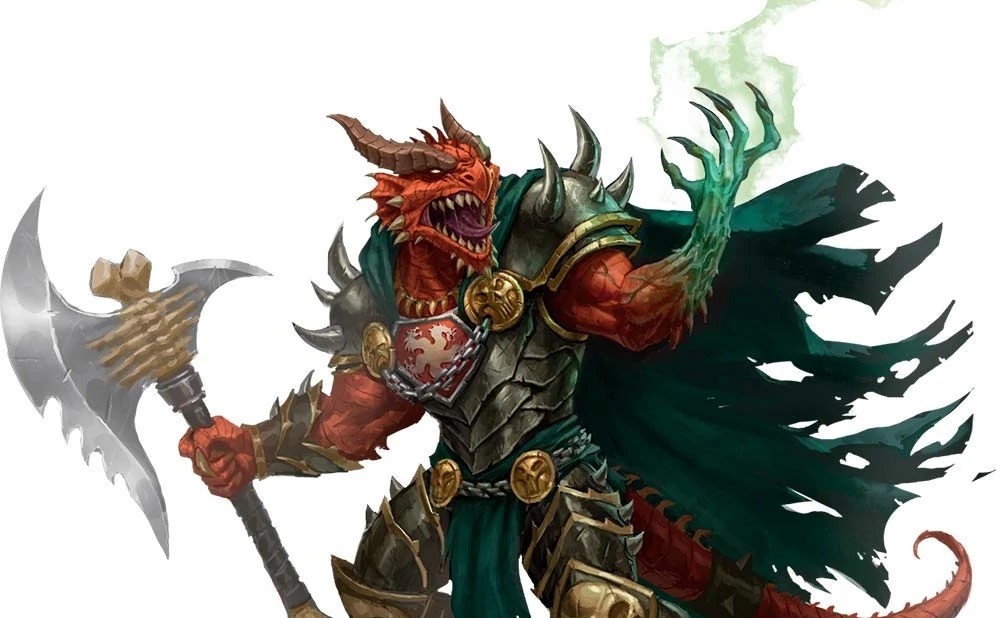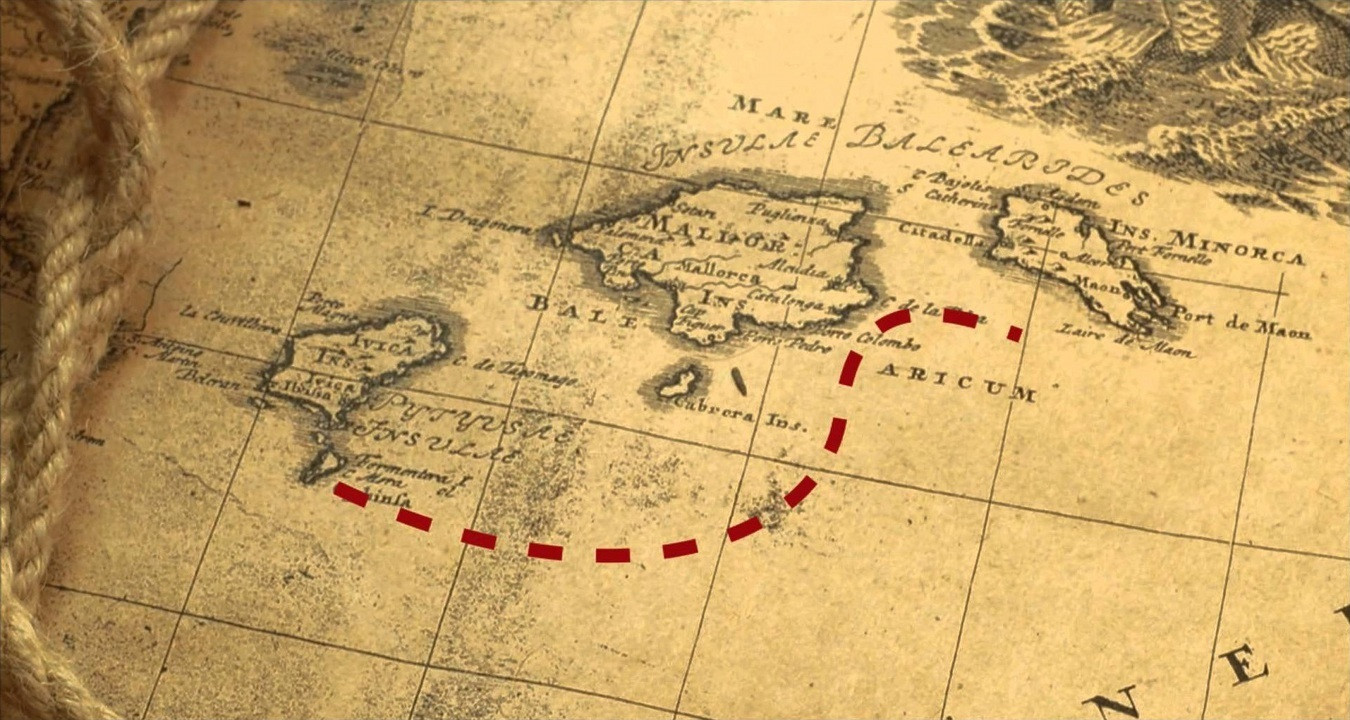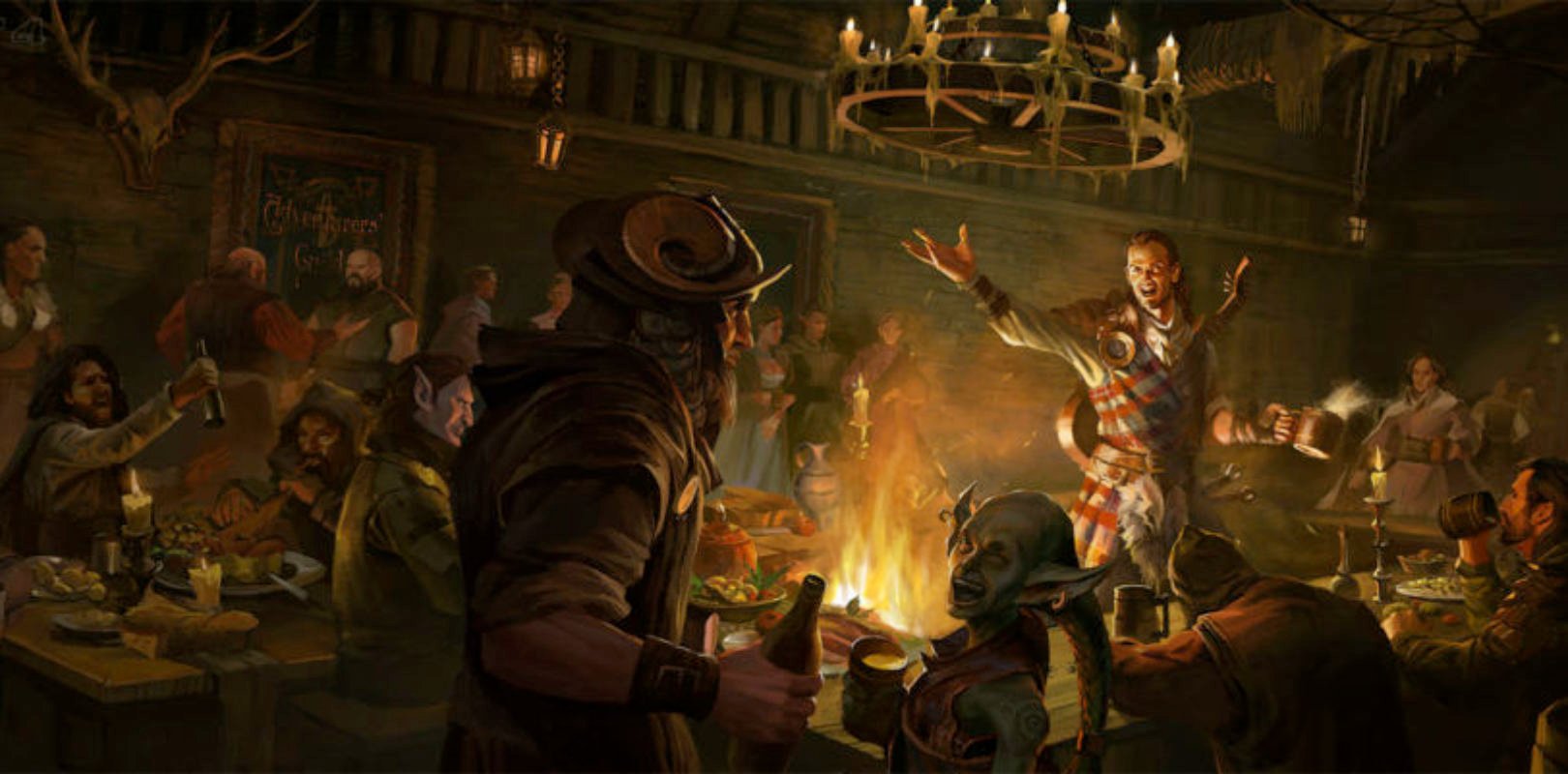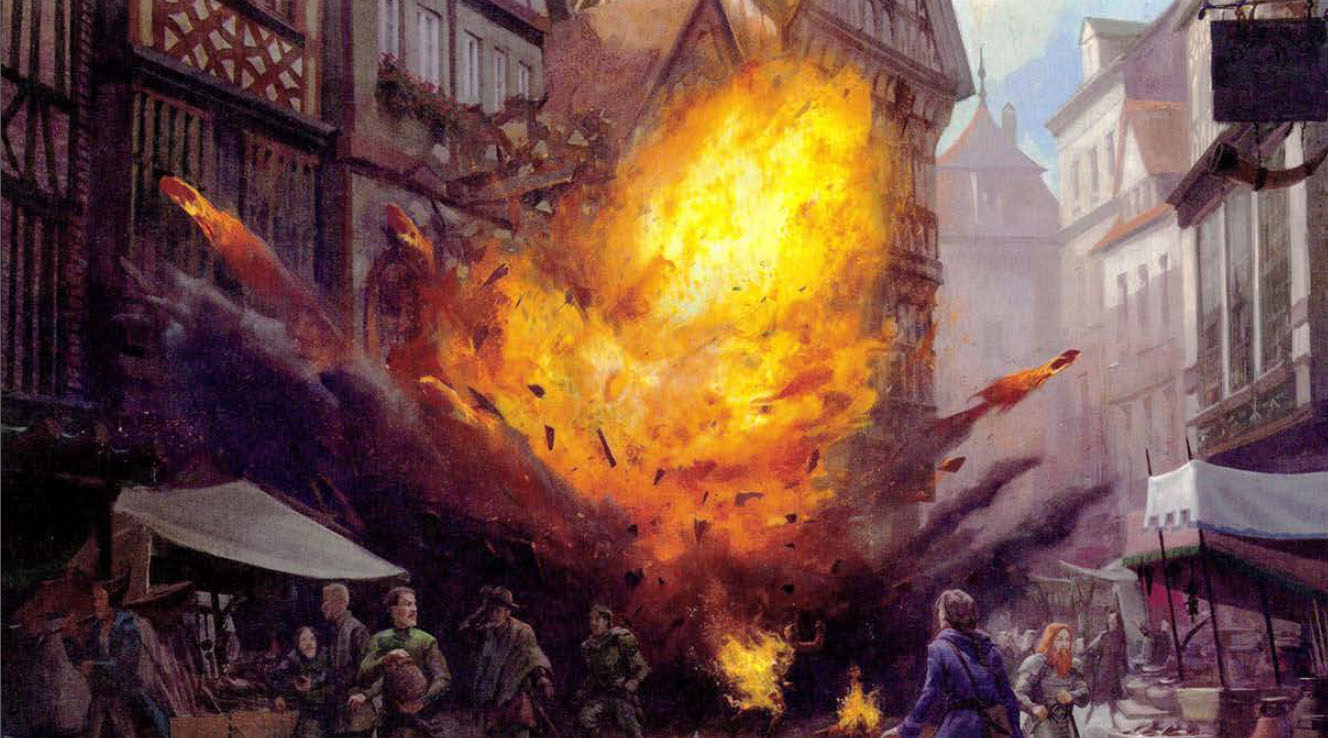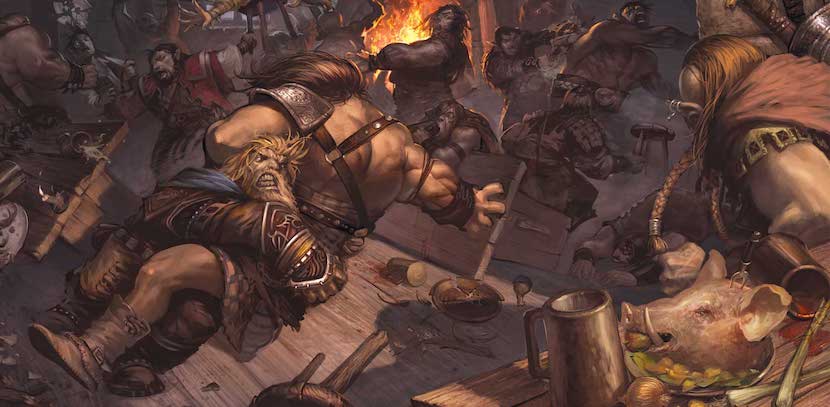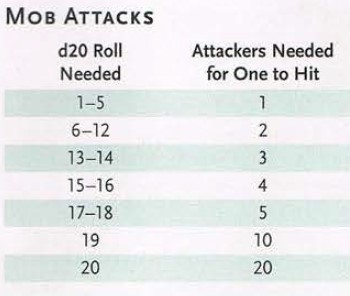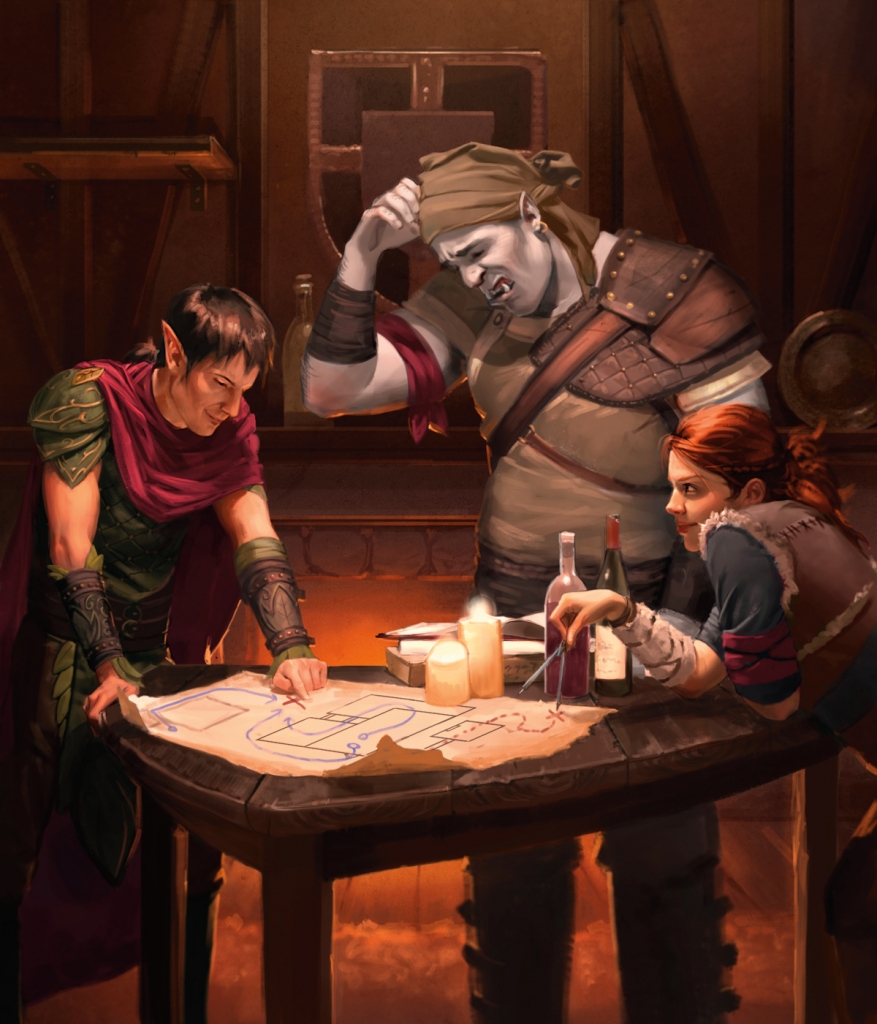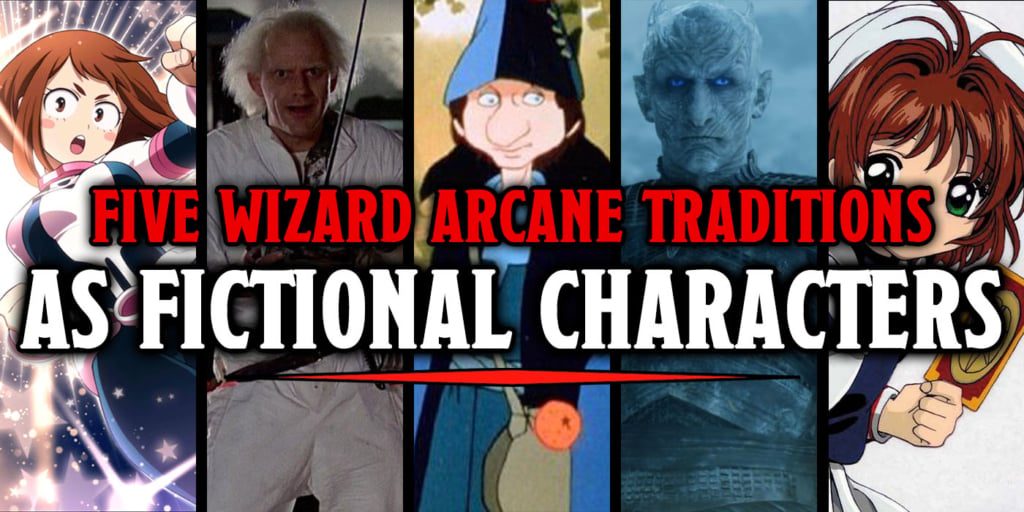D&D – Rules You Didn’t Know Were In The Game
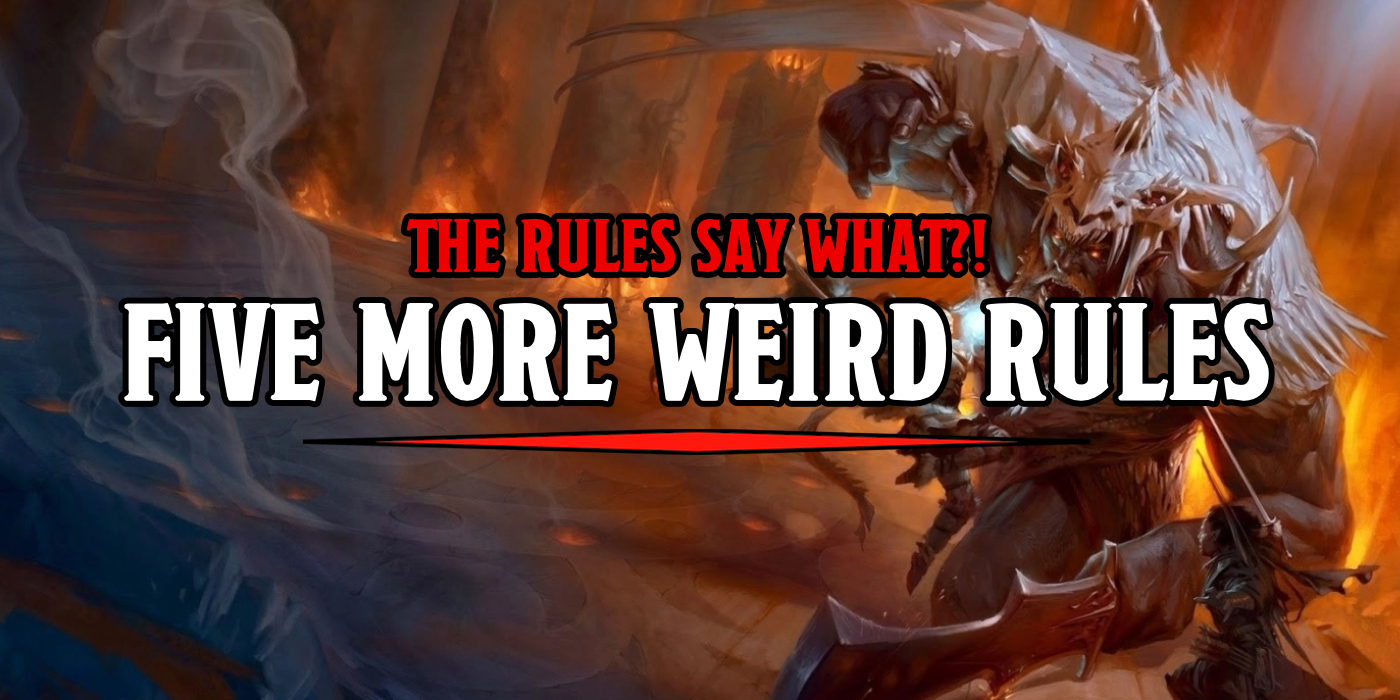

Do you ever need to do something weird that you don’t think D&D has a rule for? Check the Dungeon Master’s Guide, it’s probably there.
One of the running jokes of 5th Edition D&D is how the Dungeon Master’s Guide has rules for everything, but nobody knows because nobody ever reads the DMG outside of the table where it talks about what Magic Items are and how many you can have at once (more than you think but less than you want), or how the Oathbreaker Paladin works because you want to play a Paladin but like, what if it was an Anti-Paladin.
And a big part of the reason for that, is that a number of rules are hidden inside Chapter 8: Running the Game. If you’ve never read the DMG through and just started running adventures, you might not know that this chapter has much more advanced and structured rules for everything from climbing on bigger creatures, Shadow of the Colossus style, to winning friends and influencing NPCs in social interactions.
We want to change that. And save you the trouble of homebrewing a rule that already exists. With that in mind, here are five rules that you probably didn’t know were in the game.
Travel Speed
Let’s start off with one of the least-used pillars of D&D, Exploration. Often, exploration means heading out to some far-off destination in search of adventure, treasure, or a dungeon, or the like. And in those cases, you’ll often want to know how fast you can get there. In the Player’s Handbook you’ll find rules for traveling at a slow, medium, or fast pace.
But what you won’t find are rules for hopping on a raft and heading downriver. Or to figure out just how far that Apparatus of Kwalish or Carpet of Flying get you over the course of four hours of travel. The DMG is here to help. On Page 242-243 you’ll find rules for “traveling speeds” which are:
- In a minute, you can move a number of feet equal to your speed times 10
- In an hour, you can move a number of miles equal to your speed divided by 10
- For daily travel, multiply your hourly rate of travel by the number of hours traveled
- For a fast pace, increase the rate of travel by 1/3rd
- For a slow pace, multiply the rate by 2/3rds
And there you have it. Using that formula, you can see just how fast you can go. So a Wind Walk spell which grants you a flying speed of 300 feet lets you travel 160, 240, or 320 miles in a day at speeds of approximately 2,000-4,000 feet per minute.
Being An Influencer
Did you know that your character traits like Ideals, Flaws, and Bonds have a mechanical effect in the game? I didn’t either. If you’ve created a character, you’ve likely seen these roleplaying guidelines like “I steal from the wealthy so that I can help people in need” or “I turn tail and run when things look bad.”
Well these come into play in Social Interactions, which has a whole writeup with a surprisingly structured system on page 244-245 of the DMG. In it it spells out that NPCs might be friendly, indifferent, or hostile, and explains what those means. But it also talks about how to use those NPC traits (which are usually included in every NPC stat block in every adventure book that WotC releases):
“If the characters say or do the right things during an interaction (perhaps by touching on a creature’s ideal, bond or flaw), they can make a hostile creature temporarily indifferent, or make an indifferent creature temporarily friendly.
They even have rules for figuring out what someone’s ideal, bond, or flaw is:
“After interacting with a creature long enough to get a sense of its personality traits and characteristics through conversation, a character can attempt a Wisdom (Insight) check to uncover one of the creature’s characteristics. You set the DC. A check that fails by 10 or more might misidentify a characteristic.”
So get out there and win friends and influence people.
Area Of Effects Without An Area
Do you use “Theatre of the Mind” style combat without miniatures? It can be tricky to figure out how many targets are caught in the area of a spell. But with these handy guidelines, found on page 249, you’ll never need to quickly try and map something out again unless you want to. These are typically found by looking at the size of an area and dividing by a number (with the option to roll 1d3 to determine if more or less creatures are bunched up). Always round up.
- Cone: Size ÷ 10
- Cube or Square: Size ÷ 5
- Cylinder: Radius ÷ 5
- Line: Length ÷ 30
- Sphere or Circle: Radius ÷ 5
Mob Rule
We all know that combat can be a bit time consuming. Especially if you’re living out your Mines of Moria dreams and fighting like, 40 goblins all at once. But did you know there are rules for quickly handling a single character being attacked by multiple opponents? On page 250, you’ll find rules for Handling Mobs, which help you figure out who hits and how often and how many attackers are needed.
Basically figure out the minimum d20 roll a creature in a large group needs to hit a target. Then consult the following table to determine how many are needed for one of those monsters to hit:
So, for instance, if you have eight orcs with an attack bonus of +5 and they’re attacking someone with an AC of 20 to hit, they need to roll a 17 on the d20. Which means that for every four orcs there are, one hits. So they hit their target twice, you roll damage as normal, and move on without having to slow down combat rolling for every NPC.
Use…Common Sense?
Finally, did you know you can just…use Common Sense? There are plenty of places throughout the DMG that remind you that you can just use your common sense. If something shouldn’t be possible, then no number of natural 20s will make it happen. You can’t shoot an arrow at the moon and expect to hit it on a crit. Nor can you expect to cut through a stone wall with a normal sword. And the DMG will frequently remind DMs that common sense beats out dice unless you prefer to let them fall where they may.
In which case, good luck, and godspeed.
Happy Adventuring!

